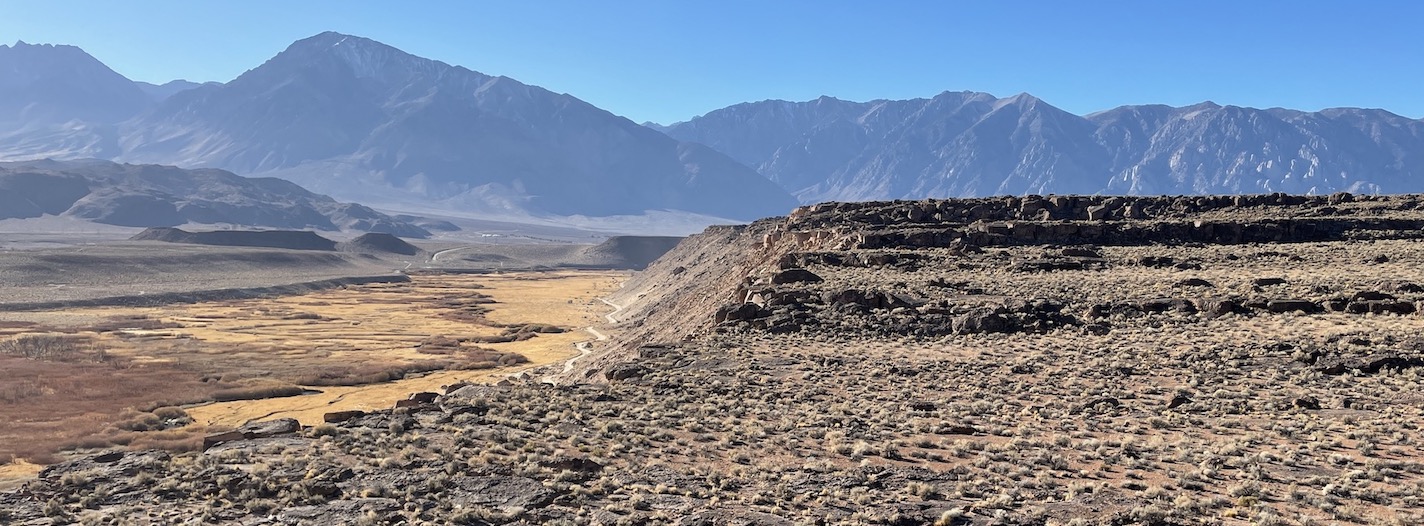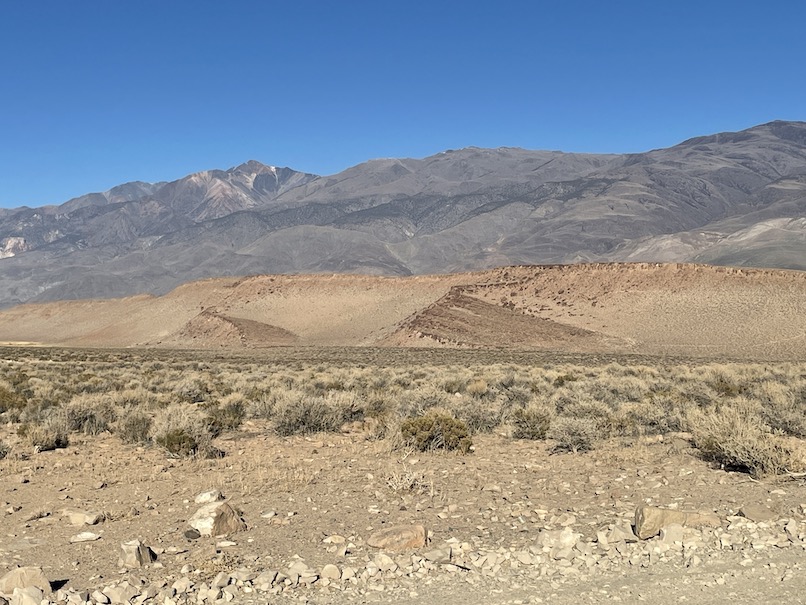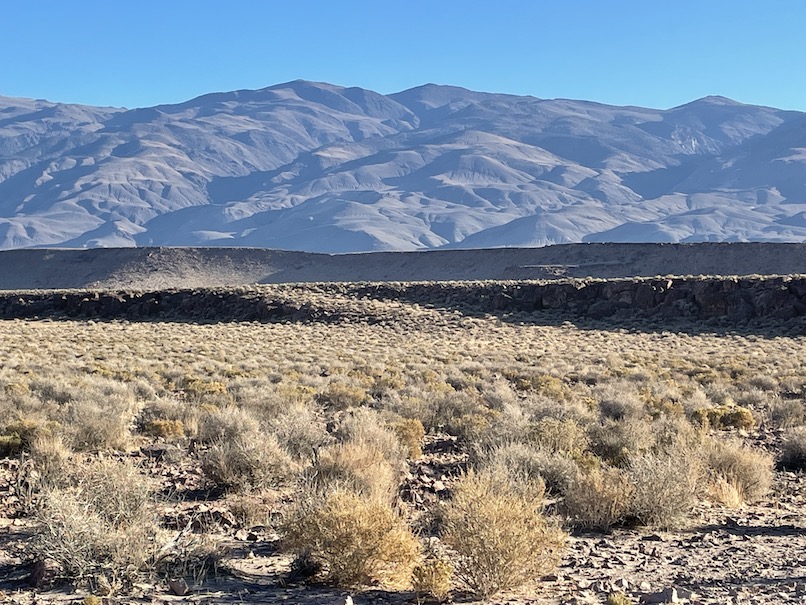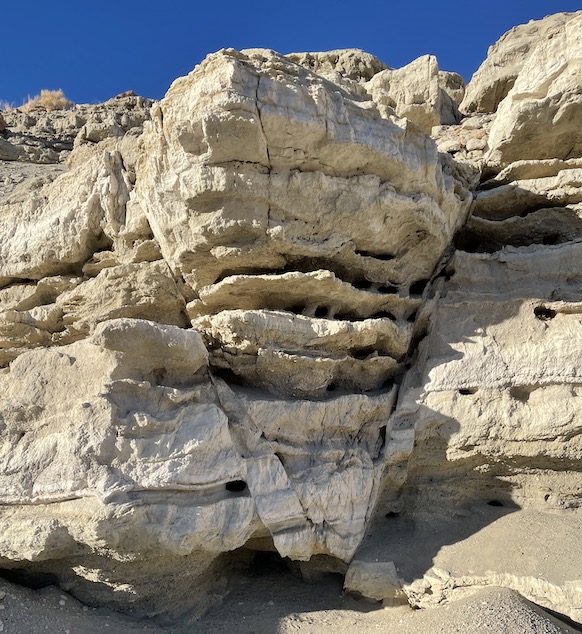
Evolution and Interaction of Normal Faults: A Field Geology Short Course
Course Details
Applied Stratigraphix is offering a four day field-based short course on normal fault systems. The course will cover the following topics: Normal fault environments in petroleum provinces; The mechanics of fault initiation and growth; Geometric and kinematic relationship to driving stresses; Slip distribution and interaction with adjacent faults; and Applications to the petroleum industry. The structural characteristics observed in the field will be compared to example of normal faults from industry data.
The field area is the Volcanic Tablelands near the town of Bishop, in the Eastern Sierra of California. The Tablelands contains a broad system of extensional faults and that form a kinematic link between two larger rangefront faults, covering an area of approximately 250 km2. The area is well-known as a natural structural laboratory for investigating and analyzing the initiation, growth and linkage of normal faults. The length of individual faults ranges from tens of meters to over a kilometer. The shallowest rock is a resistant volcanic unit that has experienced very little erosion or deposition, leaving dozens of fault scarps superbly preserved.
Who Should Attend
The course is designed primarily for all geologists and geophysicists responsible for interpreting and characterizing fault systems in extensional provinces. The material will be applicable to exploration geologists as well as researchers conducting studies of normal faults. It is not necessary for attendees to be structural geologists.
Need more information?
Course Outline
Day 1
Reconnaissance of field area and discussion normal fault systems in oil and gas exploration. Topics will include variable characteristics of normal fault systems in different tectonic environments, driving forces, and comparison to data examples from petroleum provinces.

Day 2
Small groups will be assigned to detailed investigations of outcrops of individual fault scarps, intersections and rely ramps using 1-m resolution lidar base maps. Investigations will include measuring length and displacements of individual faults; developing scarp profiles and mapping the areal distribution of fracture density with respect to fault structure.

Day 3
Presentation and discussions of findings from the previous day’s mapping, focusing on the details of fault interaction, slip distribution, fracture distribution, and fluid pathways.
Integration of the datasets and further discussion regarding the evolution of the Tablelands fault system.

Day 4
Observation and discussion of the geomorphic expression of normal fault systems and their effect on sediment transport, erosion and deposition. Discussions about tools for “predictive” mapping of fault systems and structural properties such as fracture porosity, fluid pathways and traps.
Applications of the course knowledge to the petroleum industry: Improved interpretation and mapping of extensional fault systems in 3D; Improved ability to develop permissible (consistent with data) and viable (realistic) geologic models. Improved ability to identify and predict characteristics such as potential traps and preferred fluid pathways.

The arrival and departure airport for this field trip is in Mammoth, California. The field trip is offered every year in the last week of November and costs $6500/person. This cost is all-inclusive and includes 4 nights hotel stay, all meals, snacks and drinks, field vehicles, fuel, permits, guidebook, exercise materials, and tuition.


